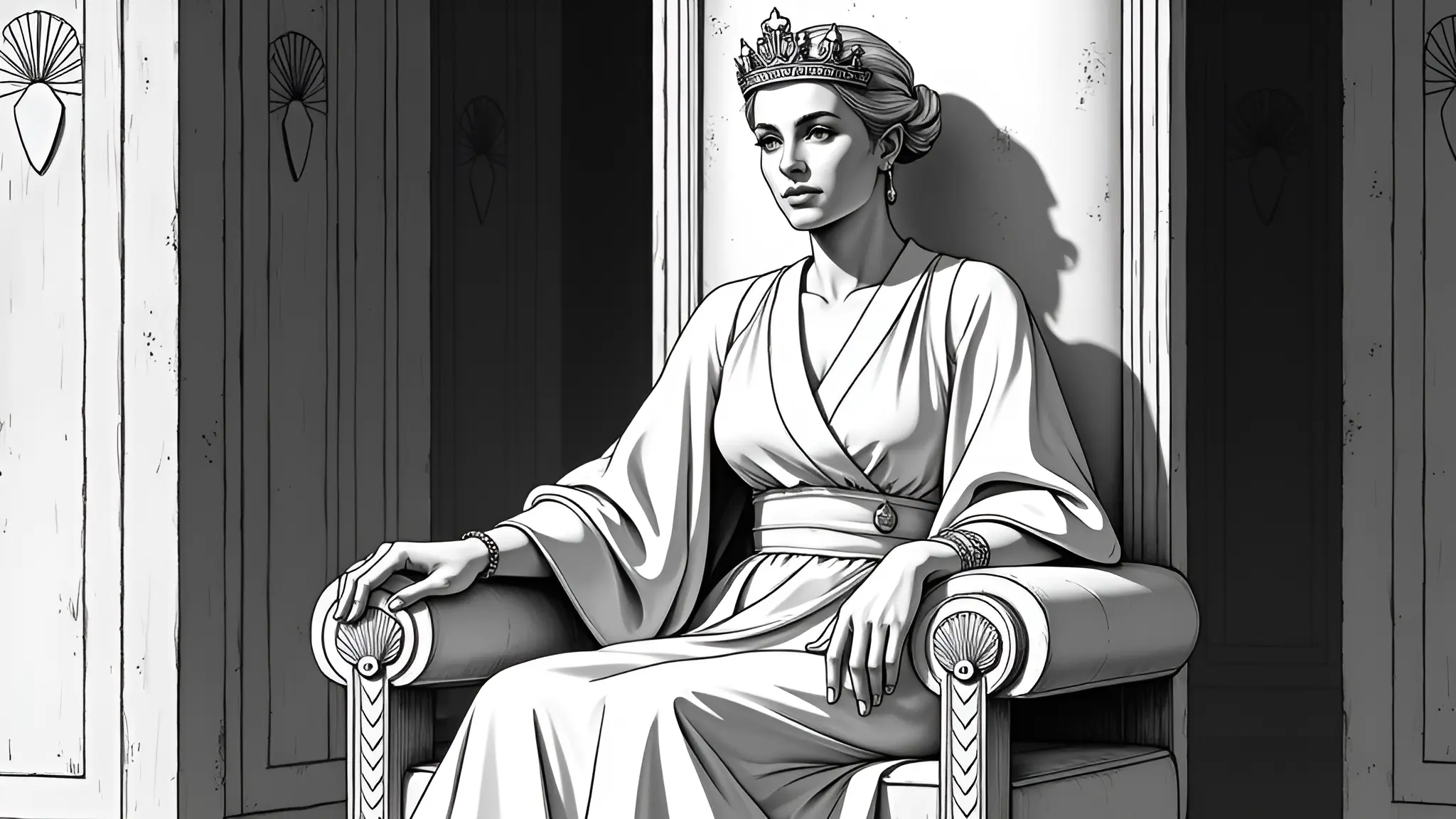Commanding the Throne: The Allure of Ruler Brands
Imagine a brand that doesn’t just sell products but commands loyalty through an unshakable sense of authority and order. These are the Ruler brands—beacons of stability in a chaotic world, guiding their audiences with the promise of control and excellence. From Rolex’s timeless prestige to Mercedes-Benz’s engineered precision, Ruler brands don’t just participate in their markets; they set the standard.
The Art of Trust Through Leadership
The Ruler archetype in branding isn’t about dominance for its own sake—it’s about creating trust through leadership, order, and unwavering quality. By embodying control and stability, these brands become trusted institutions, offering consumers a sense of security and aspiration in an unpredictable world.
Understanding the Ruler’s Domain
Carl Jung’s Ruler archetype represents the desire to create structure and influence. In branding, this translates to companies that project authority, reliability, and excellence, appealing to consumers who value status, predictability, and legacy. Unlike the Creator’s focus on innovation or the Hero’s emphasis on courage, the Ruler thrives on establishing order and commanding respect. Think of brands like Rolex, IBM, or even governmental institutions—these entities don’t just sell; they govern their categories with precision and prestige.
Core Characteristics and Values
The Ruler archetype is defined by:
- Authority: A commanding presence that inspires confidence and respect.
- Stability: A commitment to consistency, reliability, and enduring quality.
- Leadership: Setting the standard for excellence and guiding the market.
- Order: Creating systems and structures that foster trust and predictability.
- Legacy: Building a timeless reputation that transcends trends.
- Exclusivity: Offering premium experiences that signify status and achievement.
These brands don’t chase fleeting trends—they establish enduring frameworks that shape their industries.
How Successful Brands Embody This Archetype
Ruler brands excel by projecting control and refinement. Rolex, for instance, doesn’t just make watches; it crafts symbols of success and precision, with every timepiece reflecting meticulous craftsmanship and heritage. Its consistent design language—think the iconic Oyster case or the Cyclops lens—reinforces its authority in luxury timekeeping. Similarly, Mercedes-Benz embodies the Ruler through its engineered elegance, with vehicles that promise safety, performance, and status. Even in technology, IBM’s legacy of innovation is grounded in its role as a trusted advisor to global enterprises, offering solutions that bring order to complexity.
Key Design Elements That Communicate the Archetype
Ruler brands use deliberate visual and verbal systems to convey control:
- Typography: Bold, serif typefaces like Times New Roman or custom fonts with strong, balanced letterforms that exude authority and permanence.
- Color Theory: Restrained palettes featuring deep blues, blacks, silvers, or golds—colors that evoke trust, sophistication, and wealth.
- Compositional Structure: Symmetrical, grid-based layouts that emphasize order and precision, with minimal clutter to maintain focus.
- Visual Texture: Polished, luxurious materials like leather, metal, or glass, often paired with subtle, high-quality finishes that suggest refinement.
- Verbal Architecture: Formal, confident language that reassures and inspires, often using terms like “excellence,” “legacy,” or “precision” to reinforce authority.
These elements create a cohesive identity that feels both aspirational and dependable.
Target Audience Psychology
Ruler brands resonate with consumers who:
- Seek stability and predictability in a chaotic world.
- Value status and recognition, aspiring to align with symbols of success.
- Trust established institutions over disruptive newcomers.
- Desire control over their environment, whether personal or professional.
- Appreciate quality and craftsmanship as markers of achievement.
These audiences view Ruler brands as partners in their pursuit of influence and order, often seeing purchases as investments in their own legacy.
Best Practices for Implementation
✔️ Define a clear vision of leadership: Articulate how your brand sets the standard in its category, ensuring every touchpoint reflects this authority.
✔️ Prioritize consistency: Develop design systems and messaging that remain cohesive across platforms to build trust and recognition.
✔️ Invest in quality: From product development to customer service, ensure every interaction reflects premium standards.
✔️ Cultivate exclusivity: Offer premium experiences or limited editions that reinforce status and aspiration.
✔️ Communicate reliability: Use storytelling to highlight your brand’s heritage, expertise, or proven track record.
Common Pitfalls to Avoid
⚠️ Arrogance over confidence: Projecting superiority without warmth can alienate audiences, making the brand feel unapproachable.
⚠️ Rigidity: Overemphasizing control can stifle innovation, making the brand feel outdated or out of touch.
⚠️ Inaccessibility: Exclusivity that feels elitist rather than aspirational risks disconnecting from broader audiences.
⚠️ Lack of authenticity: Adopting Ruler traits without a genuine legacy or quality foundation will erode trust.
⚠️ Overcomplication: Complex designs or messaging can undermine the clarity and order that define the archetype.
Your Path to Leading with Purpose
The Ruler archetype offers a powerful framework for brands seeking to inspire trust and command loyalty. As you craft your brand strategy, ask yourself: How can you establish order and leadership in your space? What systems or symbols can you create to project stability and excellence? I invite you to share your thoughts in the comments—how have you seen the Ruler archetype shape successful brands, or how might you apply it to your own? Let’s build a conversation around creating brands that lead with purpose.
